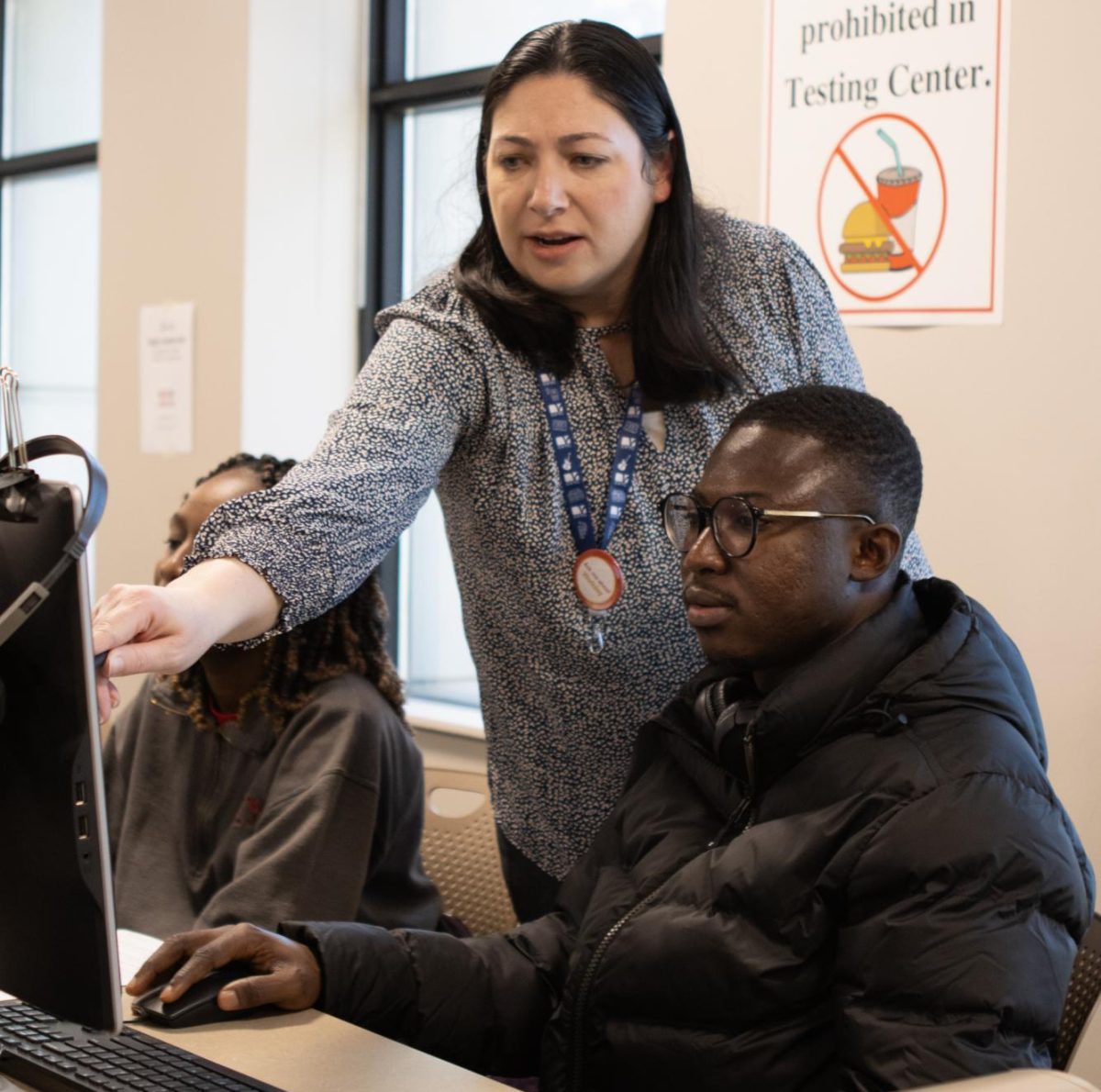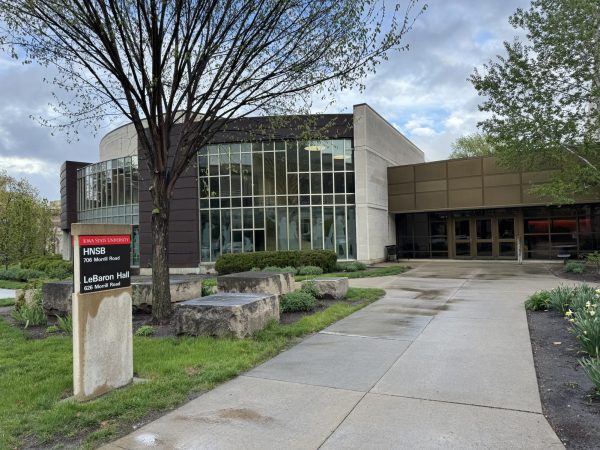Chemist revolutionizes biodiesel fuel production
July 19, 2007
The work of an ISU professor could lead to cheaper, safer fuel solutions.
Victor Lin, professor of chemistry, is trying to make biofuels a plausible solution for today’s energy problems.
Lin’s research is based around catalysts.
“A catalyst is the material that can facilitate a reaction,” Lin said.
He is trying to develop a catalyst that will be safer for the environment and cheaper to produce. Lin said his research started in his participation with the Center for Catalysis, of which he was recently named director.
Lin is using nanotechnology in the form of nanospheres for catalytic conversions.
He said the nanospheres hold the catalyst and then they can deliver the reaction in order to turn animal fat or plant oil into biodiesel.
Lin has now helped found a start-up company, with locations in Ames and California, called Catilin Inc.
Lin said the company received $3 million from a venture capital firm.
With at least part of the money, the company will build a biodiesel pilot plant at the Iowa Energy Center’s Biomass Energy Conversion Facility in Nevada.
Even with a new company, Lin will still work in his academic lab to develop new catalysts for a variety of uses.
Lin plans to go into some sort of commercial production in biodiesel. He said the company has three options.
“One: We can become a biodiesel producer ourselves. Two: License the catalyst. And three: Sell the catalyst ourselves,” Lin said.
Yang Cai, postdoctoral research associate of Ames Laboratory, has been helping Lin with his research since 2005.
“My research is always to design a new or better catalyst,” Cai said.
She is currently working on developing a homogeneous catalyst. That means she is developing a catalyst with a uniform structure throughout.
The material she is working with now is an inorganic metal oxide.
Even with the green research that is going on in Lin’s lab, the catalysts won’t be made out of organic materials. However, there may be some organic elements in the catalyst, she said.
Technology plays an important role in developing new catalysts. The hope is this new wave of catalysts will replace harmful, toxic catalysts that are currently being used.
“We still need technology to make [the catalysts] better and better,” Cai said.
















